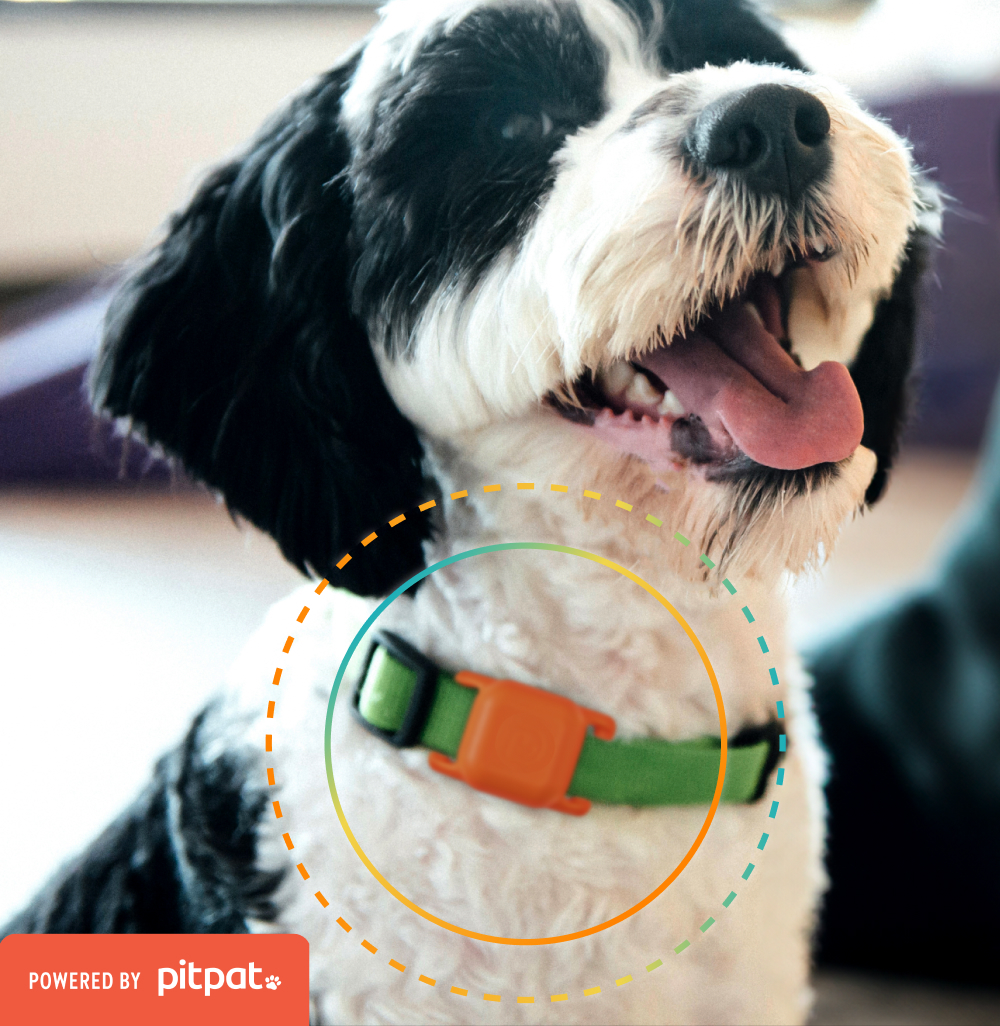How to Identify Ticks and Protect Your Dog

Ticks are small, yet mighty creatures that can be found lurking in grassy areas such as fields and meadows. These tiny parasites require hosts to feed from and can transfer fatal diseases from one host to another, including dogs and humans. Dogs are especially susceptible to ticks and need to be checked daily to ensure they are parasite-free.
Keep your furry friend safe by learning about the various types of ticks, how to spot them and how to prevent their harmful spread of disease:
Common tick species that affect dogs:
Deer Tick (also known as the blacklegged tick)
Although this species of tick is most commonly found in wooded areas and prefer to feed on deer, they will also feed on various other hosts such as dogs, cats and humans. They are quite small, reddish brown in color and get darker as they feed. This type of tick can also transmit harmful diseases such as Lyme disease.
American Dog Tick
This tick primarily feeds on dogs and humans and can be found in humid locations, closer to water. They are brown in color with white specks on their back, and when completely fed, they turn gray and resemble a small bean or grape. The American Dog Tick can transmit diseases to your pup such as Rocky Mountain spotted fever and tularemia.
Lone Star Tick
Similar to Deer Ticks, Lone Star Ticks live in wooded areas near water and along rivers and creeks. Due to their brown/tan color with a distinctive white spot on the center of their backs, they are sometimes mistaken for Deer Ticks. Lone Star Ticks most commonly affect cats, dogs and humans, and can carry dangerous diseases. When bitten by the Lone Star Ticks, humans can develop a red meat allergy.
Brown Dog Tick (also known as a house tick or kennel tick)
This brown tick prefers to feed on dogs and rarely feeds on humans. They can survive indoors in houses and kennel environments, where they can continue to live out their life cycle. This means these ticks can even be found in colder climates around the world.
While many species of ticks are transferred into a household, they are unable to establish themselves and cause an infestation like the Brown Dog Tick can. Thankfully, this species of tick is not known to transmit any diseases to humans.
How to spot ticks on your pup:
While ticks can be found just about anywhere, it is the most common to find ticks outdoors in fields, bushes, shrubs and wooded areas. This makes it extremely important to inspect your pup for any of these pesky parasites after every walk or outdoor adventure. You can do this by sliding your hands and fingers over their body to check for any unusual small bumps, particularly around their ears, head, neck, groin, armpits and feet. Keep in mind that ticks do vary in size and they will get bigger as they feed and fill with blood.
If you find your dog is shaking their head excessively, it’s a good idea to check their ears for ticks, as many ticks thrive in moist environments.
How to dispose of ticks:
If you’ve discovered a tick on your dog, you’ll need rubber gloves and tweezers. Grasp the tick with the tweezers and pull it away from your dog’s skin, being careful not to crush it. Dispose of the tick in rubbing alcohol to kill it, and gently clean your pup’s skin with soap and water and a small dab of antibiotic ointment.
How to prevent ticks’ harmful spread of disease:
Although tick prevention can be quite difficult since ticks can attach themselves to your pup just about anywhere outdoors, it is possible!
The best way to protect your furry family member from the harmful spread of ticks is with the regular use of tick control products. There are plenty of pet-safe products on the market to prevent ticks, such as spot-on treatments, sprays, and special collars that contain substances to kill ticks when they attempt to feed. If you’re struggling to find the right product for you and your pup, consult your veterinarian.
It is also a good idea to maintain your yard by keeping your grass short. Avoid taking your dog on hikes in moist woods or meadows, where ticks are most likely to be found.
You should also consider alternatives to outdoor play during tick season. At Dogtopia, we have climate-controlled indoor playrooms year-round to make sure your dog gets plenty of fun and exercise with no exposure to ticks or pests. Our HVAC systems keep fresh air circulating throughout our safe and supervised indoor playrooms. Contact your local Dogtopia to book your dog’s indoor play. https://www.dogtopia.com/location-finder/












